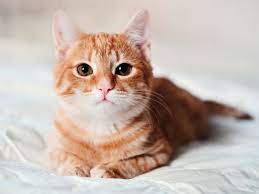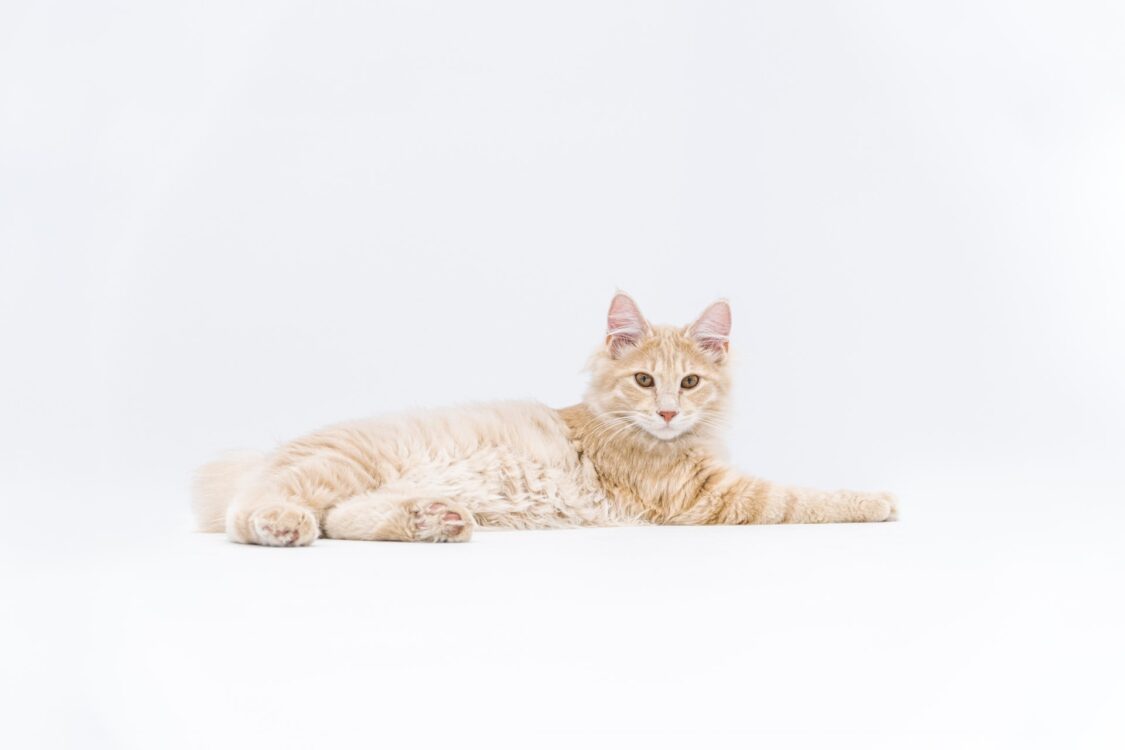Introduction
Cat Breed. Cats have been cherished companions to humans for thousands of years, captivating us with their elegance, independence, and playful personalities. As our feline friends found their way into our homes and hearts, various breeds emerged through natural mutations, selective breeding, and geographical isolation. Each cat breed boasts unique characteristics, from their physical appearance and temperament to their health predispositions. In this article, we will embark on a fascinating journey to explore the incredible diversity of cat breeds, highlighting their distinct features, histories, and the joy they bring into our lives. Watch Cute Cats on YouTube Channel animalhub2023.
1. The Ancient Origins of Domestic Cats
Before we delve into the diversity of modern cat breeds, it is essential to understand the ancient origins of domestic cats. Around 10,000 years ago, wildcats (Felis silvestris lybica) began to associate with early human settlements, attracted by the presence of rodents. These wildcats exhibited tamer behavior, leading to a mutually beneficial relationship with humans, as they helped control the rodent population. Over time, these wildcats became domesticated, giving rise to the domestic cat we know today. Cute Cats
2. The First Cat Breeds: Egyptian Mau and Siamese Cats
Among the earliest recorded cat breeds are the Egyptian Mau and Siamese cats. The Egyptian Mau, with its striking spots and graceful demeanor, has a history that traces back to ancient Egypt. Highly regarded and worshiped by Egyptians, this breed remains treasured for its unique coat pattern and captivating green eyes.
The Siamese cat, on the other hand, originated in Thailand (formerly known as Siam). Renowned for its striking blue almond-shaped eyes, short coat, and distinctive color points, the Siamese cat quickly gained popularity worldwide and became one of the most recognized and loved breeds. Cute Cats
3. Cat Fancy and the Emergence of Cat Breeds
The concept of cat fancy, similar to dog breeding, gained prominence in the 19th century. Enthusiasts formed cat clubs and began selectively breeding cats to enhance desirable traits and create distinct breeds. During this time, many familiar breeds such as Persians, Maine Coons, and British Shorthairs emerged, each having its own set of characteristics and unique charm.
4. The Persians: Elegance and Grace Personified
One of the most beloved and iconic cat breeds is the Persian cat. Known for its long, luxurious fur, adorable flat face, and gentle personality, Persians have won the hearts of cat enthusiasts worldwide. Despite their high-maintenance grooming needs, the affectionate nature of Persians makes them popular choices for cat lovers seeking a loyal and laid-back companion. Cute Cats
5. Maine Coons: Majestic Giants of the Cat World
The Maine Coon holds the distinction one of the largest domesticate cat breeds. With their tufted ears, bushy tails, and rugged appearance, Maine Coons have a wild charm that sets them apart from other breeds. Originally from the northeastern United States. They are known for their intelligence, sociability, and gentle temperament, making them excellent family pets.
6. British Shorthairs: Endearing and Adaptable
The British Shorthair, with its round face, dense coat, and sweet expression, exudes an irresistible charm. Originating from the United Kingdom, this breed has a long history and is associate with the inspiration for Lewis Carroll’s Cheshire Cat. British Shorthairs are known for their adaptability and easy-going nature, making them ideal companions for families and singles alike. Cute Cats
7. The Abyssinian: A Playful and Inquisitive Companion
The Abyssinian cat is one of the oldest known cat breeds. With their ticked coat pattern and expressive eyes, Abyssinians have a wild appearance reminiscent of their ancestors. These cats are highly active, playful, and intelligent, making them excellent choices for households that can provide them with mental and physical stimulation.
8. Ragdolls: The Gentle Giants of the Cat World
Ragdolls are a relatively recent addition to the world of cat breeds, but they have quickly gained popularity for their calm and affectionate nature. Developed in California during the 1960s, Ragdolls are known for their striking blue eyes, semi-long fur, and tendency to go limp when held, hence their name. They are devoted and sociable cats, often forming strong bonds with their human family members. Cute Cats
9. Bengal Cats: Bringing the Wild into Your Home
The Bengal cat is a breed that visually resembles the wild leopard, thanks to its distinctive rosette markings. Developed by crossing domestic cats with Asian leopard cats, Bengal cats have retained their wild appearance while exhibiting a loving and affectionate personality. Their active and playful nature makes them an ideal choice for families seeking a feline friend that enjoys interactive play.
10. The Sphynx: A Hairless Enigma
The Sphynx cat is perhaps the most recognizable hairless breed. Contrary to popular belief, Sphynx cats are not entirely hairless but have a soft downy layer of fuzz on their bodies. Known for their affectionate and extroverted nature. These cats crave human attention and are often described as “velcro cats” due to their tendency to stick close to their owners. Cute Cats
Conclusion
The world of cat breeds is a vast and captivating one, with each feline friend bringing a unique set of traits, characteristics, and histories to our lives. Cute Cats. From the ancient origins of domestic cats to the emergence of various cat breeds through selective breeding. The diversity in feline companionship is both remarkable and heartwarming. Whether you prefer the elegance of the Persian, the wild charm of the Maine Coon, or the playful nature of the Abyssinian, there is a cat breed to match every person’s preferences and lifestyle. Cute Cats.
As we continue to cherish and care for these beloved companions. Let us appreciate the intricate beauty of their diversity and the joy they bring to our homes as our cherished feline friends.
Read more on Pets: Joy of Puppy Playtime


